Last week, I fell and hurt my leg. It’s not a serious injury, and I’ll be fine in a week or two, but it’s eye opening to see how much harder it is to work and live in a world designed for people with two working legs. I’m really grateful for the accessibility features of public buildings, particularly door openers and easy-to-grab handles and railings. Because I’m suddenly using these features, I’m noticing how often they are not there. In one venue, I came up against exterior doors and restroom doors without automatic door openers, room doors without easy-to-grab pull handles, and aisles between chairs and tables that were not wide enough to maneuver crutches through.
As is the nature of event production, I often find myself lugging heavy things in and out of trucks, onto sidewalks, and into buildings. Current injury notwithstanding, I’m usually physically able to climb stairs, step onto curbs, and lift things up and down. Even as someone who’s fairly young, strong, and mobile, I’m always glad to find a curb cut, an access ramp, and an elevator almost everywhere I go, because I know I will be less tired and less sore the next day. When I find these features in a building, I am reminded that it’s not by accident that buildings are required to have accessibility features. Curb cuts, ramps, and elevators are the product of years of protest and legal battles fought by people with physical disabilities demanding access to the same libraries, businesses, and schools that I’ve accessed my whole life. These are life-changing tools for a person with limited mobility, and we can’t diminish the impact on people with temporary or permanent mobility impairments. As a young strong person, I’m not the intended user, but I’m always struck by how much easier MY life is because of these features. As someone with a temporary injury, I benefit especially right now, but even people with no injury or disability benefit every day. Just think of how useful they are to all the UPS drivers who can wheel packages up the ramp instead of carrying them by hand, or the moving crews who can use the elevator instead of the stairs to get your dresser up to your new 8th floor apartment.
As an event technical director, my job is to make event technology work. My job is typically centered around audio, video, and lighting, and there are usually other event planners involved in making more of the general logistics decisions. I’m not a furniture or party rental expert, but given my own personal experience, as well as my advocacy work, I’m going to set myself a challenge for the rest of 2016. I’m going to challenge myself to be an evangelist for accessible event design. Of course I’ll advocate for the technical aspects of accessibility, but I also want to be a better advocate for the future me who unexpectedly comes to a conference on crutches or in a wheelchair, and the future blind conference attendee who needs the program in braille, and the future deaf or hard of hearing viewer who needs captions on the online conference videos.
I’m challenging myself to make my events in 2016 more accessible to ALL our audiences, and I hope you’ll join me in that goal. And at the end of 2016, let’s make it a habit.
Author Tim Kerbavaz is the owner of Talon Entertainment, a Davis, CA based Audio-Visual company.
He can be reached by email at tim@talonent.com.
Header Image Credit: Wheeler Cowperthwaite

